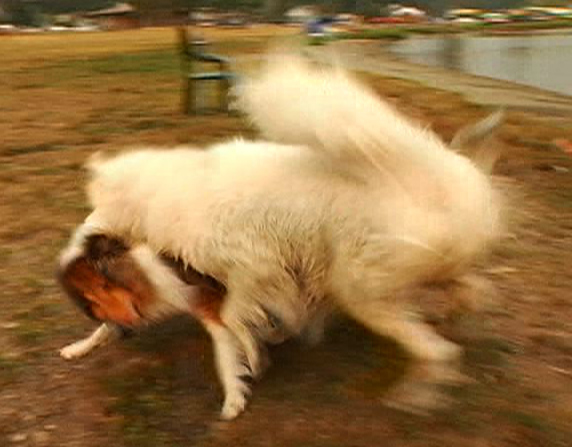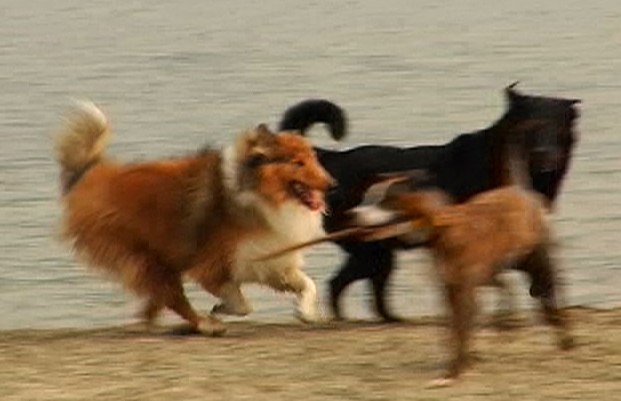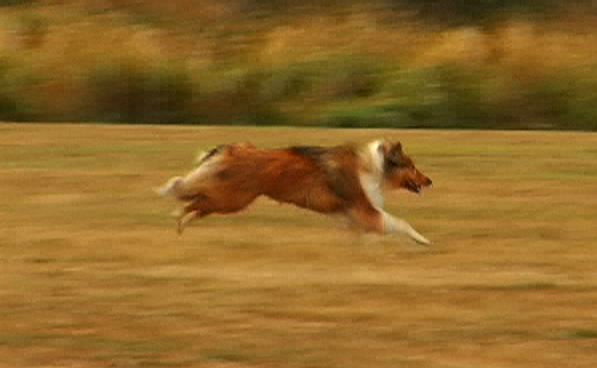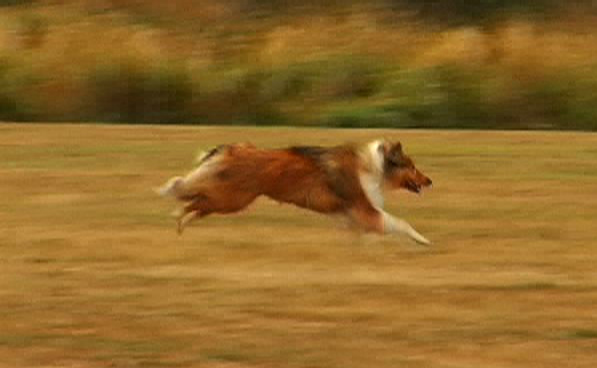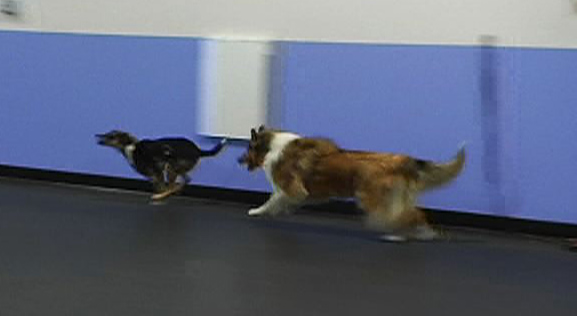I’ve noticed that there seem to be more reactive dogs in our neighborhood than I’ve seen before–dogs who lunge and bark at everything, or dogs who are very timid and scared of the world at large. Anxious dogs have always been around, but during the pandemic, without the ability of owners to socialize their dogs to a variety of people, dogs, cats, vehicles etc. when they were puppies, the current wave of adolescent dogs are at a disadvantage. There has also been a huge increase in the number of adoptions during the past year, and with limited access to dog classes, and since many dogs were initially relinquished for their behavior issues, this has placed this group of dogs at an even greater disadvantage.
Dogs need to be socialized to a wide variety of stimuli when they are puppies (by 12-16 weeks) if they are going to feel comfortable as adults. That means that they must be gently and safely exposed to whatever they might need to cope with as adults before the age of sixteen weeks. If they’re isolated, limited in their exposure to dogs of different ages and sizes, humans (male and female) at a variety of ages, not to mention cats, horses, goats, traffic, etc. they will react with fear when they encounter these stimuli later in life. At best, the fearful dog will do what we would expect (shake, whine, tuck his tail, hide between our legs); at worst, he will “react” (bark and lunge) in an effort to keep the scary thing away. Both these behaviors (and everything in between) tend to be worse when the dog is on leash, as they are trapped and can’t increase the distance between the scary thing and themselves. Both behaviors are fear based.
Reactivity can be a devastating problem that requires a huge amount of training and desensitization to resolve–or at least, to improve. Our reactive German Shepherd, Vera, was chained up and abused as a pup, so although she was a sweet, affectionate dog in our home, taking her for a walk was almost as scary for us as it was for her because she was so powerful, and her barks were loud, angry, and terrifying for the person or dog at whom they were directed. Having visitors to our home was an ordeal too, because in order for Vera to feel safe, everyone’s behavior had to be predictable, and safe distances had to be maintained until she was ready to venture closer to them. Our lives changed significantly for twelve years.
If I have a fearful dog, What should I do?
- Learn as much about fear, reactivity, and aggression as you can so that you understand them. Dogwise has several good books on these topics. Also, I wrote the novel, Finding Vera, and attempted to understand what was going on in her mind from her perspective to show what it might be like to be a reactive, fearful, and potentially aggressive dog. Many people with reactive dogs have found Finding Vera helpful in increasing their understanding of their companion.
- Have your dog checked out by a vet. Pain and illness can cause irritability and a reduction in the ability to cope with stress thus increasing anxiety and reactivity.
- Find a positive-rewards trainer who has experience with reactivity. Your dog will need to learn attention skills, impulse control, to walk beside you on a loose leash (a tight leash adds to a dog’s anxiety), and skills that will help you and your dog to escape tricky situations safely. A good trainer will also use desensitization exercises and Behavior Adjustment Training to help your dog become more comfortable with his trigger(s).
- Be as calm and confident as possible when out with your dog. Take deep breaths, sing a silly song, keep the leash loose, praise your dog for good behaviors.
- Don’t take your reactive or fearful dog off leash until you have had them assessed by an experienced trainer. A fearful dog who responds to scary things with “flight” may well run off and get injured or lost, while the dog who responds with “fight” could injure another dog or person, or get injured themselves.
- Learn to understand canine body language. You can find many in-depth books on canine body language at Dogwise.com.
- Don’t use corrective techniques with your dog e.g. shouting, hitting, kicking, intimidation, jerking on the leash or collar, wolf-rolling, shock collars etc.
- Using corrective techniques will aggravate the fear that drives the behavior, making it worse. Think about it. How would you feel as a child if a bear approached you, and your parents hit and yelled at you, shocked your neck, and jerked you by a multi pronged metal collar when you screamed for help? (Keep in mind that a dog’s skin is actually thinner than ours.) As primates, we are hard-wired to yell and hit when we are frustrated or angry, so it’s very gratifying for us to respond to behavior we don’t like (lunging and barking) in this way. I cringe when I hear a dog who is already very frightened scream and run in response to the shock from a shock collar. Unfortunately, this is something I have witnessed many times in the past year.
- Choose times to walk when there will likely be fewer encounters with the thing that triggers your dog. I used to run with Vera at 5:00 a.m. year-round, rain or shine. Ugh! But she got the exercise she needed, and the additional serotonin released in her brain from the exercise helped her to cope with the world. Midnight is also a good time to walk. Please wear a headlamp when you walk in the dark so a) other people can see you coming and b) so you can see potential threats and respond to them before your dog reacts.
- Keep a safe distance from the thing that is making your dog react–make a U-turn and go the other way before your dog tenses or starts staring hard at the trigger.
- If you must pass the dreaded trigger, place your body between your dog and the scary thing. If you can, go up a driveway, into the bushes or woods, or make a wide arc away from the trigger, herding your dog’s shoulder away from the scary thing with your leg.
- Carry high-value treats such as cooked chicken or steak cut into small cubes, salmon treats, or something very special that your dog LOVES. The instant you see the trigger, start feeding your dog rapidly, one treat at a time and move away from it if you are too close. The treats help to have your dog make a positive association with the scary thing, and increasing distance will help him feel safe.
- Some dogs have a strong prey drive and will lunge and bark at anything that moves, such as squirrels, runners, cars, deer, cats, bunnies etc. This reaction is not caused by fear necessarily, but is hardwired as part of the chase-bite-kill sequence of hunting. Having your dog sit, “leave it” (you need to teach your dog what “leave it” means) and watch you, and then feed high value treats for leaving the prey alone, will help to dampen this drive for that particular object or animal. It is a very difficult compulsion to modify and finding a trainer to help with this will be worth your while.
- Make your dog’s life as routine as possible. When his world is predictable, he will feel less fearful. If there is construction going on within earshot, if you mix up your routine, if you move your household, etc., your dog’s anxious behaviors and reactive displays will most likely worsen.
- If you get a puppy, be sure to socialize him carefully and consistently for the first two years of his life. Although the first sixteen weeks are the most critical, maintaining his socialization is essential.
- Be aware that fear is the most genetically transmitted emotion, so if a puppy’s parents are very anxious and fearful, the puppies stand a good chance of being fearful too.
Featured photo courtesy of Motoko Lewis and Cedric Meerkat Lewis





